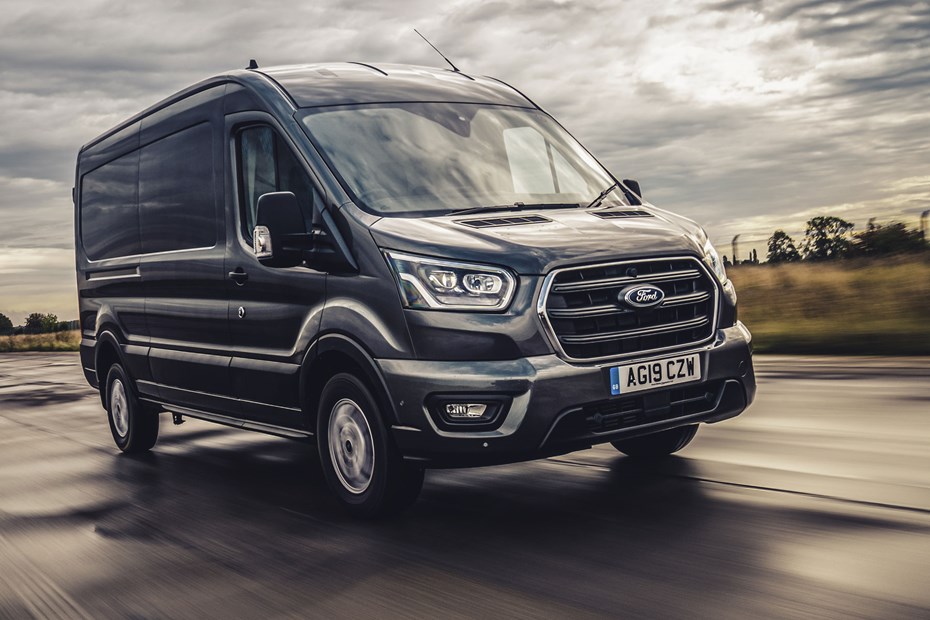The Ford Transit Custom was the third bestselling vehicle of any kind in the UK in 2019, while one out of every three pickups sold in Europe last year was a Ford Ranger. Ford is the number one light commercial vehicle brand overall in the UK and claims the number one position if you put all the European markets it directly competes in together. It isn’t quite number one in each of these countries individually but it already leads in several of them and is closing in on the title in many of the others.
Yet Hans Schep, Ford’s general manager for commercial vehicles in Europe, insists that ‘Ford is not in business to be number one, but to make our customers’ businesses thrive.’ Whenever Ford is making van-related decisions, he says, ‘This is always the test.’
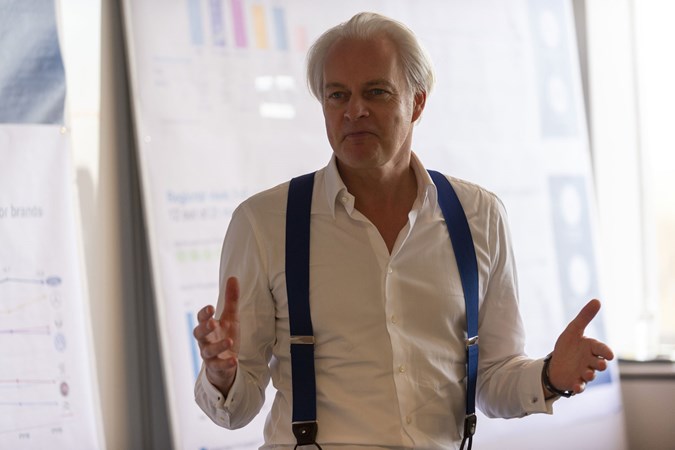
Sounds spurious, doesn’t it? But Ford went from fifth in Europe in 2012 to first in 2015, and has held that position ever since, growing its sales volume from 150,000 units a year to 400,000 in the process. It hasn’t done this so much by taking customers away from other brands – though this has also surely happened – but by capitalising better than anyone else on the general growth in the van market, which has itself increased by 50% in the last five years.
From this you can only conclude that the customers like Ford’s products, and the way Ford does business. Let’s explore this a little bit, and in doing so begin to understand how Ford is setting itself up to be even more dominant in the future, even as it embarks on its new alliance partnership with Volkswagen.
Manufacturing advantage
While Ford’s main centre of operations for commercial vehicles is located in Dunton in Essex – where engineering, marketing, finance and customer service teams are now all located together, creating the opportunity to react faster to problems and opportunities faster than ever before – Schep is quick to point to its manufacturing base in Turkey as a major advantage.
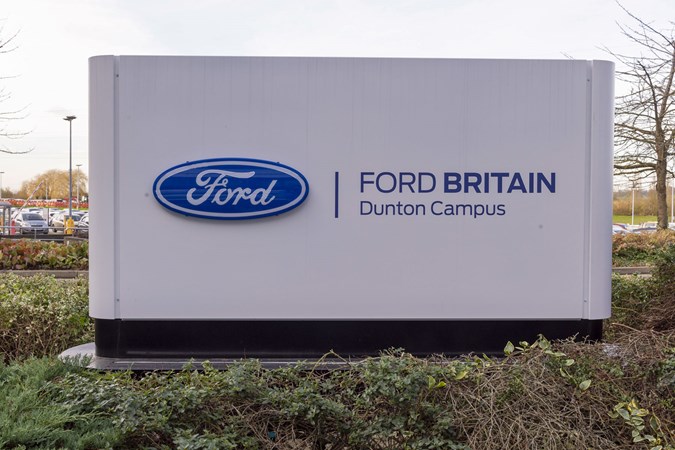
The Turkish plant is low cost but high quality, a reality that he says is difficult for Ford’s competitors to match. Given how many Transits and Transit Customs Ford sells, it already delivers impressive economies of scale. When Turkey is also churning out Volkswagens, as it will be in just a few years’ time, those economies of scale will grow even bigger.
Putting the customer first
To win, Schep explains, you have to keep on delivering ‘the basics’. Which in commercial vehicles means products that have the right quality and highest level of ‘uptime’.
Uptime is when the van is working as it should be – as opposed to downtime, when it’s not working, perhaps due to routine servicing requirements or, worse, an unexpected fault that requires repair.
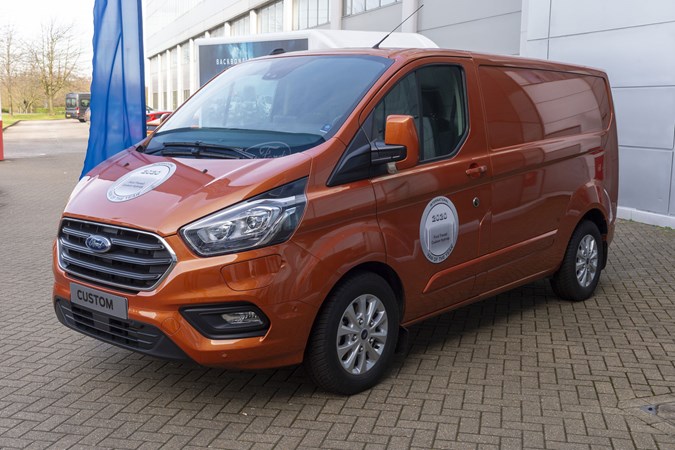
Those of you who have experience with the recent injector issues that plagued the Transit and Custom in 2019 are probably thinking Schep is on dangerous ground making such as assertion. But he actually uses this as an example of Ford’s customer prioritisation.
Once Ford realised the extent of the problem – which was due to a quality issue with a parts supplier – the decision was taken to halt the production line, and divert the injector supplies that were about to be fitted into new vehicles so that they could be used to fix existing customer vehicles instead.
This seems like a small and logical step, but that factory shutdown cost Ford millions of pounds, even before you consider the cost at service centre level for the injector replacement work, and the vastly increased stock of loan vehicles (which extended to hiring vans in some cases) activated to try and keep customer businesses moving.
Ford is adamant that its honesty and head-on confrontation of the problem has enabled it to maintain customer trust. So although sales of Transit in particular – which was most heavily hit by the issue and is most subject to the whims of large fleet buying demands – were down in 2019, there are already positive signs that it is bouncing back in 2020.
Problem-solving through cooperation
Ford’s van business has very much diverted away from a traditional large business environment of formal meetings and presentations. Instead, decisions are taken quickly and dynamically during weekly stand-up meetings that bring all of the departments together at Dunton.
More than this, however, Ford is already reaping the benefits of close cooperation with others.
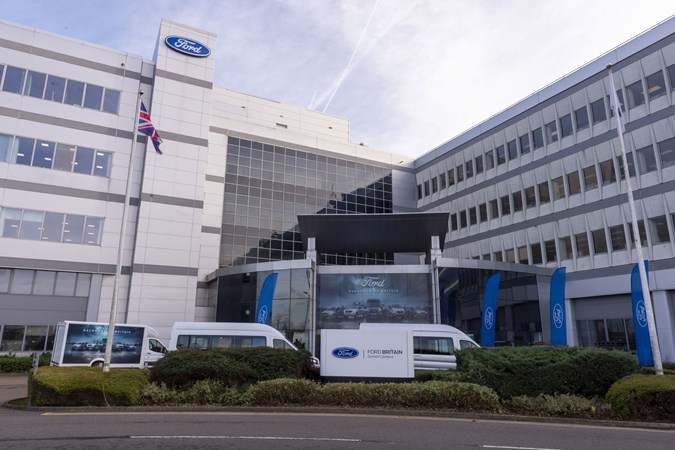
Volkswagen is a future example – there are VW teams embedded in Dunton, too – but Ford already works with a large number of Qualified Vehicle Modifiers (QVMs) to deliver conversions that would take too long or cost too much to do itself, while also offering ‘deep co-development’ with its customers.
Examples of this include the Special Vehicle Operations department – Ford’s own skunk works for parts, accessories and conversion development, a significantly expanded team over the last five years – but also ‘A-Team’ experts to help businesses meet their short-, medium- and long-term goals.
For instance, in another potentially spurious-sounding bit of rhetoric, Ford is keen on ‘moving from being a supplier to a business partner’ – offering customers the opportunity to leave running their fleet to Ford will allow those customers to concentrate on the core of their own business (which probably isn’t anything to do with fleet management).
Problem-solving through technology
Underpinning all of this is the rise in connected services, a term we’re all going to become increasingly familiar with.
Every Ford van that leaves the factory line in 2020 will be fitted with a 4G modem, which means they can be connected to highly sophisticated fleet management applications – of which there are many third party examples already in existence that will soon be joined by Ford’s own – but also a simple, easy to use smartphone app call FordPass Pro that aims to make life easier for businesses with between one and five vehicles.
The major benefit of this is to make life with a Ford van more efficient, by helping to reduce downtime and helping you understand the best way your fleet can be used. As with all these systems – Ford is far from alone in offering them – they also offer increased security measures and reassurance, too.
The importance of conversions
Ford believes that something like 50% of all Transits are converted in some way – the figure is difficult to define exactly, because not all of it (such as racking out and similar) is done through official Ford channels. This reflects the ever-increasing trend towards bespoke vehicle solutions in the LCV sector.
In order to capitalise on this, Ford is working hard to make its products the go-to-choice for converter businesses by providing solutions that make conversion work easier.

These range from a new upfitter module that makes adding accessories to a vehicle more straightforward and other physical tweaks, to the provision of an extensive and up-to-date Body and Equipment Mounting Manual (BEMM – also known as ‘the bible’) for every Ford vehicle and other digital tools such as an interactive PDF of all the Special Vehicle Operation options that are already available.
Digital tools to help converters comply with the latest WLTP emissions legislation also already exist (as they do for every manufacturer).
Ford has also been busy increasing the number of factory vehicle solutions it has that target conversion work, including adding extra-long L5 versions of its Transit chassis cabs, the skeletal version of which now comes with composite rear springs to save weight for camper conversions. You can expect to see more of this sort of thing on other vehicle ranges soon.
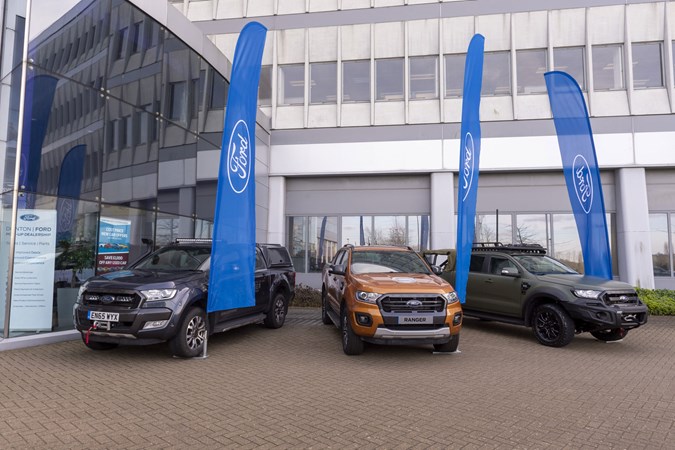
Going beyond this, Ford is hoping to make selection of the correct base vehicle and options easier in the future through new digital tools – something VW already does well – and increase the level of training within dealerships to support conversion customer needs, which will in turn help support the converters.
In the end, it all comes back to making sure the customer gets the best thing for their business. Which certainly seems to have worked out pretty well for Ford over the last five years.
Also read:
>> Ford and VW strategic alliance full details
Just so you know, we may receive a commission or other compensation from the links on this website - read why you should trust us.


